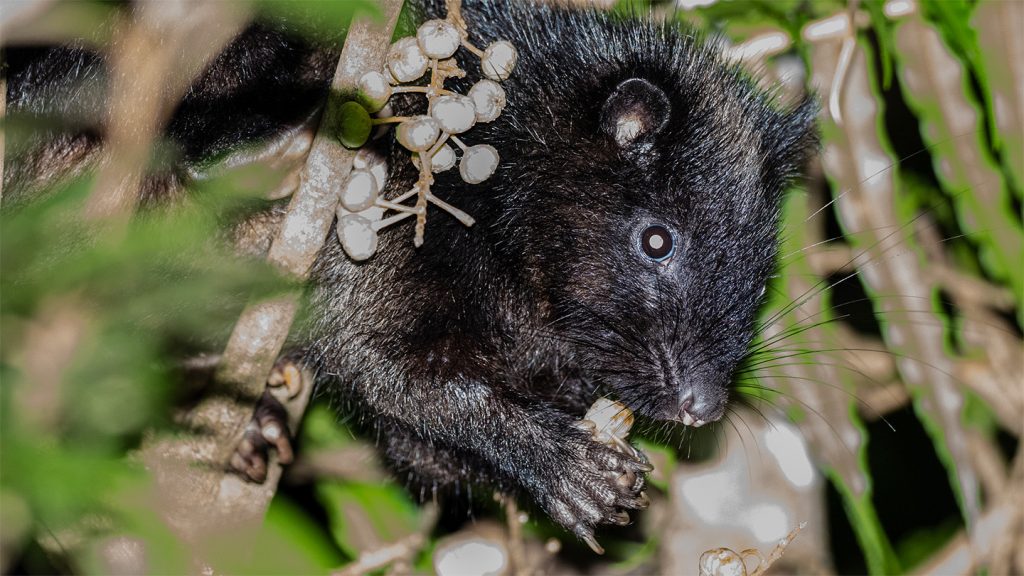The Hidden Secret Behind Rodents’ Global Domination: Thumbnails
In the vast world of mammals, rodents stand as undisputed champions of adaptation and survival, making up nearly half of all mammalian species on Earth. From the forests of North America to the deserts of Africa, these resilient creatures have established themselves in virtually every corner of the globe. While scientists have long attributed their evolutionary success to powerful jaws and specialized teeth for cracking tough foods like nuts and seeds, a fascinating new discovery published in the September 4 issue of Science reveals another crucial adaptation that may have been hiding in plain sight: the humble thumbnail.
A research team led by Rafaela Missagia, an evolutionary biologist at the University of São Paulo, has uncovered compelling evidence that rodents’ ability to manipulate food with their hands plays a critical role in their evolutionary success. “It’s not just about bite and brawn,” explains Missagia. “It’s also the ability to hold and manipulate food efficiently.” This revelation adds a new dimension to our understanding of what allowed rodents to thrive in environments where other mammals struggled to compete, particularly when it came to accessing hard-to-open food sources that few other animals could exploit.
The research team conducted an exhaustive examination of museum specimens representing more than 425 genera across the rodent family tree, ensuring they included at least one species from each genus. They supplemented their physical examinations with information gleaned from textbooks, videos, and other sources to build a comprehensive picture of rodent feeding habits and habitats. What they discovered was remarkable: nearly 90 percent of rodent genera have species with flat thumbnails, while their other digits typically sport curved claws. This distinctive combination appears to be an ancient trait that dates back millions of years in the rodent evolutionary timeline.
The distribution of this nail-claw combination isn’t random but follows clear patterns related to lifestyle and feeding habits. Species that spend significant time underground, such as gophers, tend to have claws on all digits to facilitate digging. Meanwhile, rodents that don’t use their hands for feeding, like guinea pigs, often lack thumbs entirely. This pattern suggests that the evolution of flat thumbnails alongside curved claws on other digits represents a specialized adaptation that allows rodents to perform multiple functions with their hands – a true evolutionary innovation that contributed to their global success.
Study co-author Anderson Feijó, an evolutionary biologist at the Field Museum of Natural History in Chicago, explains the functional advantage of this arrangement: “Rodents might use the thumb to have a very good grasp without having the claws get in the way. But sometimes the claw is useful to dig, to grasp, to find food.” This dual functionality would give rodents exceptional dexterity for manipulating food items while maintaining the ability to climb, dig, and perform other essential activities with their clawed digits. To validate this hypothesis, Feijó plans to use high-speed cameras to film rodents using their hands, which should demonstrate whether the thumbnails indeed provide enhanced dexterity.
The implications of this research extend beyond living species into the fossil record. Missagia is particularly interested in examining differences in the bone structures that support nails versus claws. “If they indeed differ,” she notes, “we can infer the type of nails or claws for species that are extinct.” This could open new windows into understanding the evolution and behavior of ancient rodent species, potentially revealing how this thumbnail adaptation contributed to their diversification and success throughout evolutionary history. What began as a seemingly small anatomical difference may have been one of the key innovations that allowed rodents to become one of the most successful mammalian groups on Earth – a true rule of thumbs that helped them grasp their way to evolutionary dominance.


